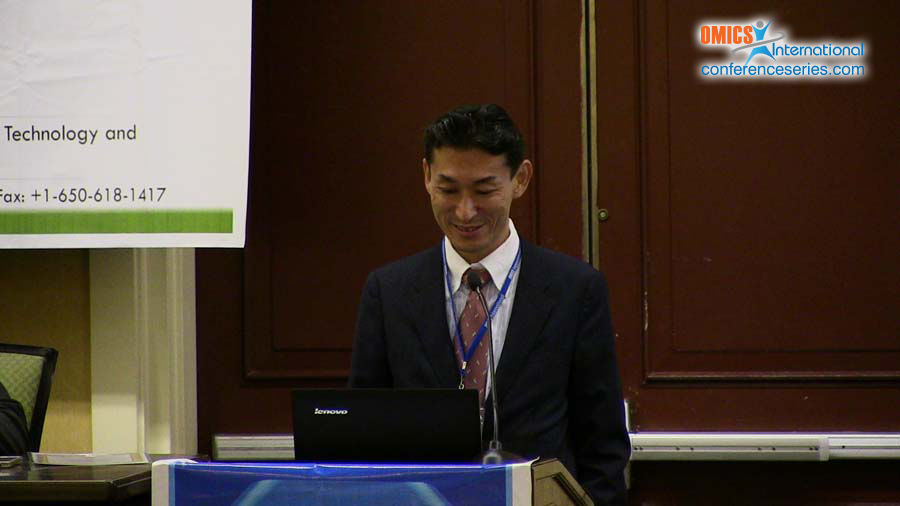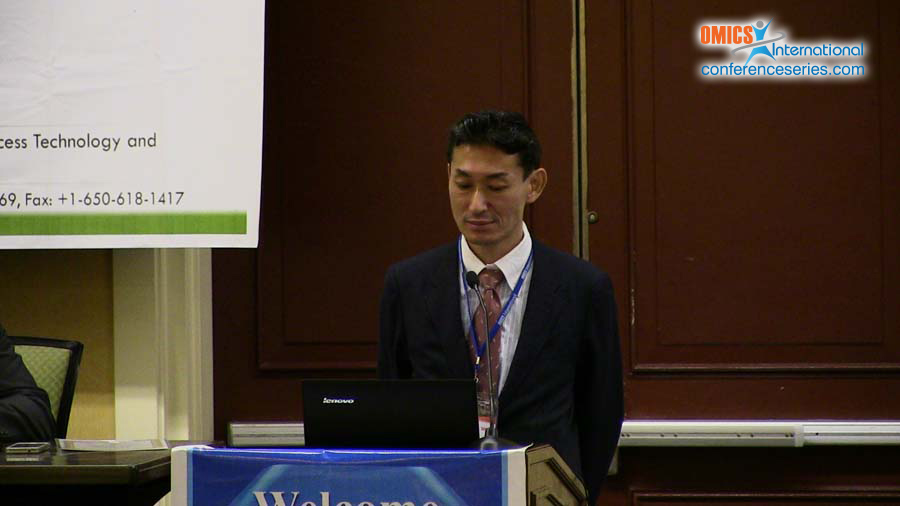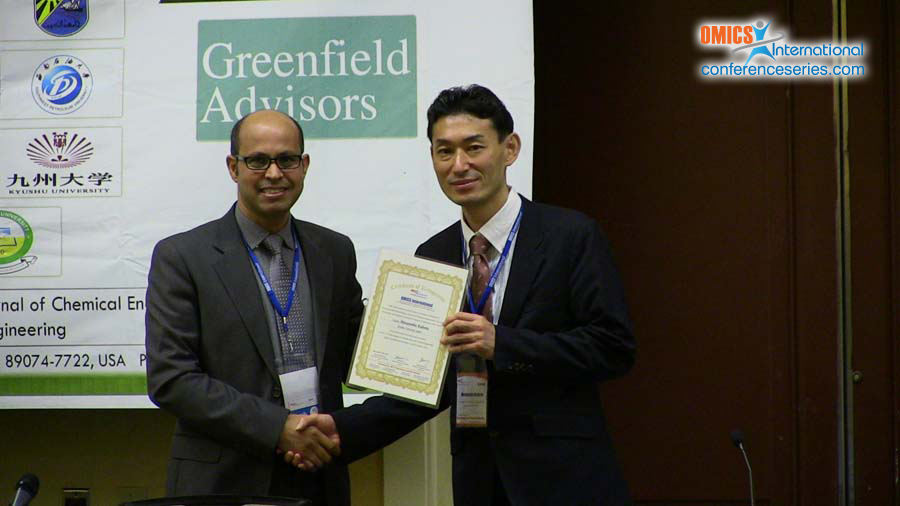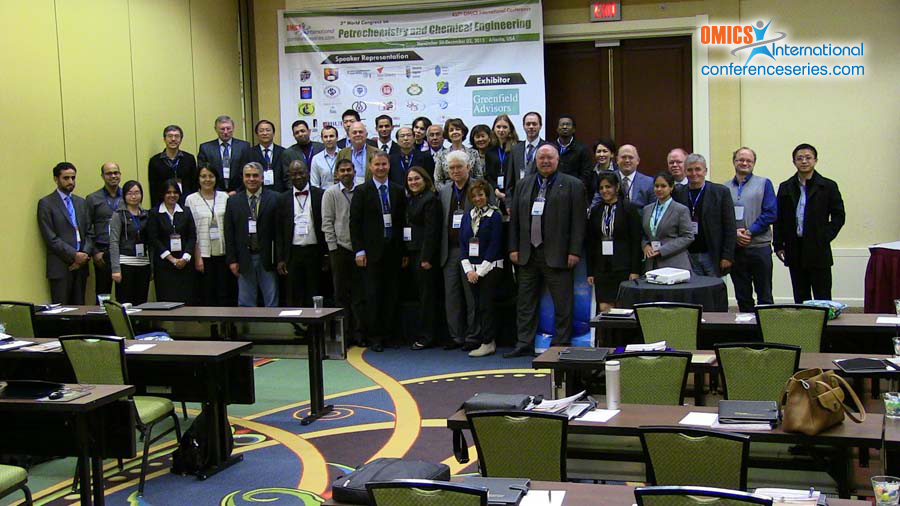
Masanobu Kubota
Kyushu University, Japan
Title: Fretting fatigue in hydrogen and the effect of impurity addition to hydrogen on fretting fatigue properties
Biography
Biography: Masanobu Kubota
Abstract
Hydrogen is necessary to establish a sustainable and environmentally-friendly society. However, hydrogen could degrade materials strength. Therefore, one of the key issues to deploy high-pressure hydrogen containment systems is how to optimize the cost, performance and safety of those systems. For this issue, many hydrogen-affected fracture a studies on re under way in order to identify fundamental mechanisms, develop predictive performance models, develop next generation materials, reduce regulations, develop design methods, identify appropriate material testing standards in high-pressure hydrogen environment, and so on. Fretting fatigue is a kind of fatigue at the contact part between mechanical components. As can be expected from the fact that fretting is sometimes termed as fretting corrosion, it involves some chemical reactions, which might have a great impact on fatigue properties. Since hydrogen could influence both fatigue and the phenomena occurring at the contact surface such as friction, wear, oxidation, etc., the effects of hydrogen on fretting fatigue are very complicated. In fact, fretting fatigue strength of austenitic stainless steels is significantly lower in hydrogen than in air. As a result, the industries related to hydrogen-containment systems are deeply concerned about fretting fatigue in hydrogen. Figure 1 shows an example of fretting found in a high-pressure hydrogen containment system, which occurred at the contact part between 100MPa hydrogen packing and its holder. When considering service conditions of hydrogen-containment systems, some amount of impurities in hydrogen should be accepted. For example, the purity of hydrogen for PEM fuel cell is designated by ISO standard as 99.99%. On the other hand, positive use of impurities is expected based on the report in which the addition of small amounts of oxygen to hydrogen inhibited hydrogen-affected fracture. The objective of this study is to clarify the effect of oxygen and water vapor added to hydrogen on fretting fatigue strength of an austenitic stainless steel. For the fretting fatigue test, a controlled method for the addition of ppm-level oxygen to hydrogen environment was established. Fretting fatigue tests in hydrogen containing 0.088, 5, 35 and 100 volume-ppm oxygen were carried out using the test apparatus shown in Fig. 2. The fretting fatigue strength in the oxygen-hydrogen mixture was different depending on the oxygen level as shown in Fig. 3. In the fretting fatigue test in hydrogen with humidification, it was found that the humidification of hydrogen significantly reduced the fretting fatigue strength. Based on the XPS (X-ray photoelectron spectroscopy) analysis of the fretted surface (Fig. 4), it was found that the fretting removed the original protection layer of the stainless steel, however, the addition of water vapor or ppm-level of oxygen produced an oxide layer on the fretted surface during the fretting that surpassed the removal effect of the initial oxide layer by fretting. In fact, a strong adhesion between the contacting surfaces occurred and no fretting wear particles were observed in the high-purity hydrogen. On the other hand, oxidized fretting wear particles were found in the oxygen-hydrogen mixture. In addition, the reasons for the change in the fretting fatigue strength in hydrogen due to the addition of impurities were examined from the view point of the change in mechanical stress conditions.




